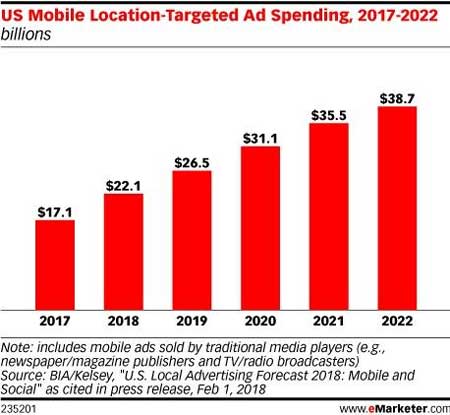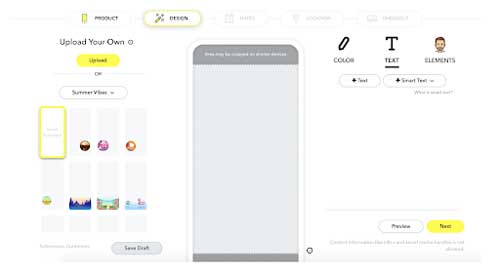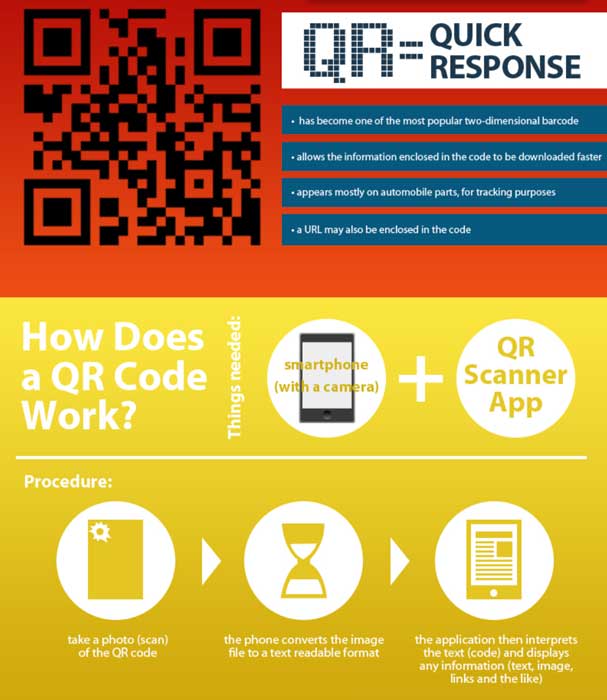In a 2019 report, almost nine out of ten marketers believed that location-based marketing and advertising has increased their sales, enhanced their customer base, and boosted their customer engagement.
Thanks to the rapid developments in mobile phones and apps, businesses and customers are changing how they communicate with each other – with location-based marketing seeing a considerable increase.
In recent years, location-based marketing (also known as proximity marketing) has proven to be successful across customer lifecycles – from discovery to purchase to post-purchase engagement and retention. When utilized correctly, location-based marketing allows marketers to hone in on specific customer needs with targeted offers to improve customer experience.
Segment your audience
Catering your products and services to everyone does not always yield the best results. To make sure your efforts and resources don’t go to waste, it is important to make sure that you reach the right audience.
Audience segmentation involves breaking down your current target market into smaller groups and delivering the most impactful messages.
But how do you segment your audience? Location-based technology, such as beacons and geofencing, can help build effective audience segments based on audience behavior and intent.
For example, say someone enters a clothing store to look for a particular dress. A beacon or geofence can send a helpful notification to help guide them to the correct aisle.
Targeting each customer based on their preferences increases the likelihood of them making a purchase at your store. It also reveals how different audiences interact with your business or campaign, enabling you to refine your strategy for better success.
A great example of this is what Snapchat does with their advertisements. The company’s location-based advertising allows their ad partners to target specific customers based on location (as well as gender, age, and other factors), which invariably increases its success rate.
Geolocation marketing
To truly engage with your customers and build a meaningful relationship with them, you need to deliver relevant content at the right time at the right place.
The most important part is to figure out what content to send. While it can include sales or flash offers, mobile marketing campaigns are most effective when you alert customers to relevant products and services easily within their reach.
This can be done by using geolocation marketing with beacons (indoor areas) and geofences (outdoor areas). Set up a virtual “fence” using beacons or geofence. When a customer enters (or leaves) the fenced area, they are sent targeted messages relevant to their needs.
Integrate into smart spaces
Smart spaces are the next big trend in location-based marketing. Smart spaces are typically physical environments that allow individuals to connect with interconnected networks using location. Think of Google Assistant, Siri, or Alexa.
The increased spread of smart spaces not only helps individuals with small daily tasks. It also enables brands to reach out to their customers through these devices. For instance, if a customer enters a grocery store, their device can recognize the location and remind them to buy milk.
As smart spaces become even more integrated into our lives, marketers can run tailored ads for the target customer in a non-intrusive way, since the device is already something the customer uses and keeps close by.
Adopt social media strategies
Sticking to only one channel for marketing campaigns can be ineffective. This method is not only limiting, but can leave out a major percentage of the audience.
Instead, an omnichannel marketing strategy allows you to cater to a larger audience. Physical advertisements, such as banners or pamphlets, can include QR codes (easily made with an online QR code generator) to redirect customers to your social media channels.
QR codes can connect different channels together, as they’re quick to scan, able to track and analyze customer behavior, and can even be used to retarget an audience easily.
Mobile app localization
It’s anticipated that mobile app localization will become mainstream in the coming years. Most brands have already localized their mobile app services to target the specific region.
The best example of mobile app localization is McDonald’s. The fast-food giant is present in most countries across the globe, and every region offers a different menu to cater specifically to the local population. Once the user location has been identified, it can link to the nearest McDonald’s branch and send tailored content and promotions.
This not only shows an understanding of the region’s customers, but also results in customer loyalty and retention.
Wrapping up
Adding location-based solutions to your marketing campaign can be a smart investment for any business looking to connect with customers no matter where they are.
By incorporating some of the best practices for location-based strategies mentioned above, marketers can harness the power of location technology to deliver contextual information with your customers both physically and digitally.
Apoorva Hegde is a Content Marketer at MobStac. Apart from writing articles and blog posts related to QR codes, she enjoys simple pleasures of life like going on long walks with her dog, eating carbs all day, and falling into a Netflix watch-loop.








